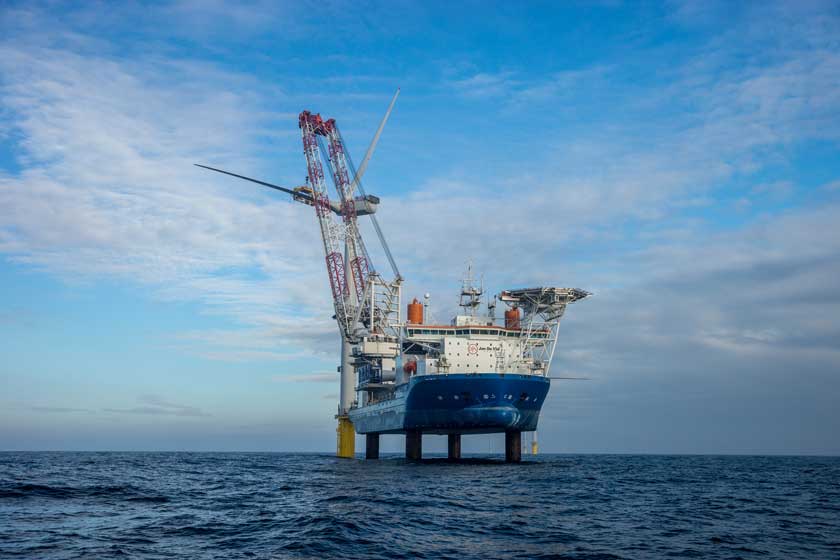Dropped objects are one of the most frequent HSE safety incidents reported, and the changing oil and gas landscape threatens to increase the risk.
Years of low oil prices meant that a large number of drilling rigs were stacked for storage, especially in areas such as Asia, where major Singapore shipyards took in semisubmersible rigs and drillships from drilling sites around the world, including from Brazil and Mexico, in 2016.
Now the market has seen a significant upturn, with the price of oil back to about $60/bbl and natural gas predicted to provide up to 45% of power generation during the next 20 years. Drilling rigs are being reactivated to meet increasing market demand. However, this return to work also brings with it substantial commercial pressures for drilling contractors, given significant costs associated with bringing rigs out of retirement and back into operations. In a period of narrow margins, financial risk mitigation is essential.
A smooth transition for rigs back into operations may be jeopardized by damage sustained during the time spent out of action. Although rigs are meant to undergo regular maintenance while stacked, this is often not the case in reality due to the economic strain experienced by contractors. Reactivated rigs often have suffered damage from harsh weather, rust and corrosion, compromising their structural integrity.
Corrosion sustained by vessels and offshore infrastructure during periods of inactivity without maintenance is likely to elevate the risk of dropped objects. Additionally, cost pressures resulting from “boom and bust” cycles, combined with the drive toward life extension and increasing personnel turnover, may ultimately impact the sector’s ongoing response to health and safety challenges.
These factors may contribute to a substantially increased risk of dropped object incidents, posing a real threat to the safety of engineers and the integrity of the equipment. As the industry returns to work, the crucial issue of dropped objects must be placed high on the list.
To access the full article at Hart Energy, click here.
